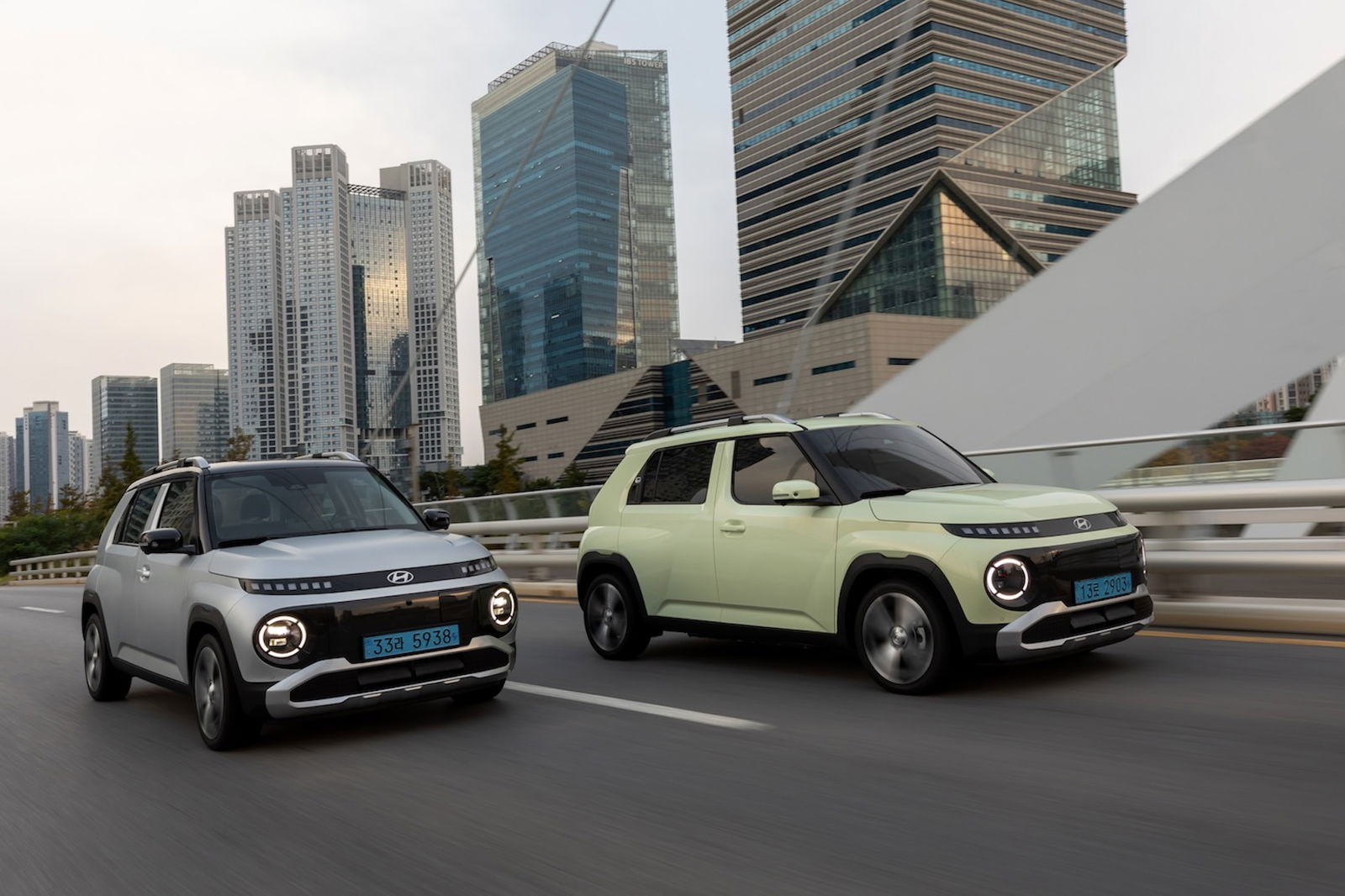More and more manufacturers are rowing back, extending the running times of their combustion engines or releasing new models with diesel and gasoline engines. The prices for electric cars are slowly beginning to crumble – the affordable entry-level vehicles are coming onto the market at prices starting at 17,000 euros.
One can debate whether it makes sense to equip a 2.5-ton luxury SUV with an electric drive or to take away the efficient diesel drive from lighter luxury sedans on long journeys. But especially for small cars from the A or B segment, which rarely travel long distances, an electric drive with a manageable battery size definitely makes sense. It is precisely these vehicles that are now pushing the entry-level prices into the electric world below the all-important 20,000 euro mark – and well below it.
However, German car manufacturers are currently looking in vain for such inexpensive electric cars. Volkswagen will only introduce its ID.2 to the public at the end of next year and it will probably take until 2026 before the Wolfsburg-based electric entry-level model, produced in Martorell in northern Spain, can be found on the road in significant volumes. However, the ID.2 entry-level price should be just under 25,000 euros; a price at which the former bestseller Fiat 500 Electric has recently also been on the move. Due to weak demand, its entry-level price was initially reduced to just under 30,000 and now 24,990 euros. Opel still wants at least 30,000 euros for its electric Corsa.
Ford has completely said goodbye to the once successful entry-level model Fiesta and so it is brands like Citroën and especially Kia that are currently showing how affordable electromobility can be. The new Hyundai Inster (seen on the cover photo), which has been successfully operating as a combustion engine in the South Korean home market for two years under the name Casper, offers a particularly large number of small cars for little money. The electric version was extended by almost 25 centimeters and the plug-in model is finished, which impresses with its cool design, great features and high everyday utility. The motor on the front axle delivers either 71 kW (97 hp) or 85 kW (115 hp), which is enough for 140 or 150 km/h and, with the 49 kWh battery pack, can travel up to 370 kilometers to the next charging stop. Admittedly, the charging speed is very slow at a mere 85 kilowatts. For under 23,000 euros, the entry-level version offers, among other things, a cool design, comfort features with two 10.25-inch screens and impressive customization up to four foldable seats.
The new Citroën e-C3 is just as interesting with its angular design and also solid space. The drive is provided by an 83 kW (113 hp) electric drive and basic equipment that can only be expanded to include seat and steering wheel heating and a contrasting roof. At the beginning of next year, a stripped-down entry-level version with a range of less than 200 kilometers and without a quick-charging function is expected to undercut the 20,000 euro mark – important for more price-sensitive markets such as France, Spain and Italy. The 3.62 meter long Leapmotor T03, which also belongs to the Stellantis Group and competes with the Citroën e-C3 at prices of 19,000 euros, is even cheaper.
Only the Dacia Spring is cheaper, but at just under 17,000 euros it offers very little car for the money. A direct competitor is the Renault 5, which will also be vying for buyers next year as an electric model for 25,000 euros and is already being called the electric car of the year by some. If you need more space, you might opt for the slightly larger Renault 4, which currently starts at around 27,900 euros. However, cheaper entry-level models are planned and are probably more desirable than the Alpine A290, which costs almost 40,000 euros and is supposed to annoy the elegant Mini Cooper E. With its 135 kW (184 hp) from 28,150 euros, the electric mini offers a lot of driving fun for the money, but charges even slower than the competition at just 70 kW.
Combustion engines under 20,000 euros are also becoming rare
But even if the affordable entry-level models now start at between 19,000 and 23,000 euros – that’s still a lot of money for a small car. They used to cost little more than 10,000 euros and, as can be seen not only with the Dacia models, were highly sought after by many private customers. But even without an electric drive, the former cheap homes have become better, but also significantly more expensive. The entry-level Dacia Sandero now costs at least 11,800 euros and the Dacia Duster even costs at least 18,950 euros. It is difficult to find combustion engines in the price range under 20,000 euros from other manufacturers.
Citroën gives its entry-level C3 customers the choice between a combustion engine and an electric drive. The Citroën C3 with its 100 hp turbo petrol engine costs from 14,990 euros; more car for less money is hard to get apart from Dacia and Co. Except perhaps with the impressive 143 kW / 195 hp MG3 Hybrid+, which offers a lot of everyday use for 19,990 euros. Its 4.43 meter long SUV brother, the MG ZS Hybrid+, is a long way off for a starting price of 22,990 euros.


